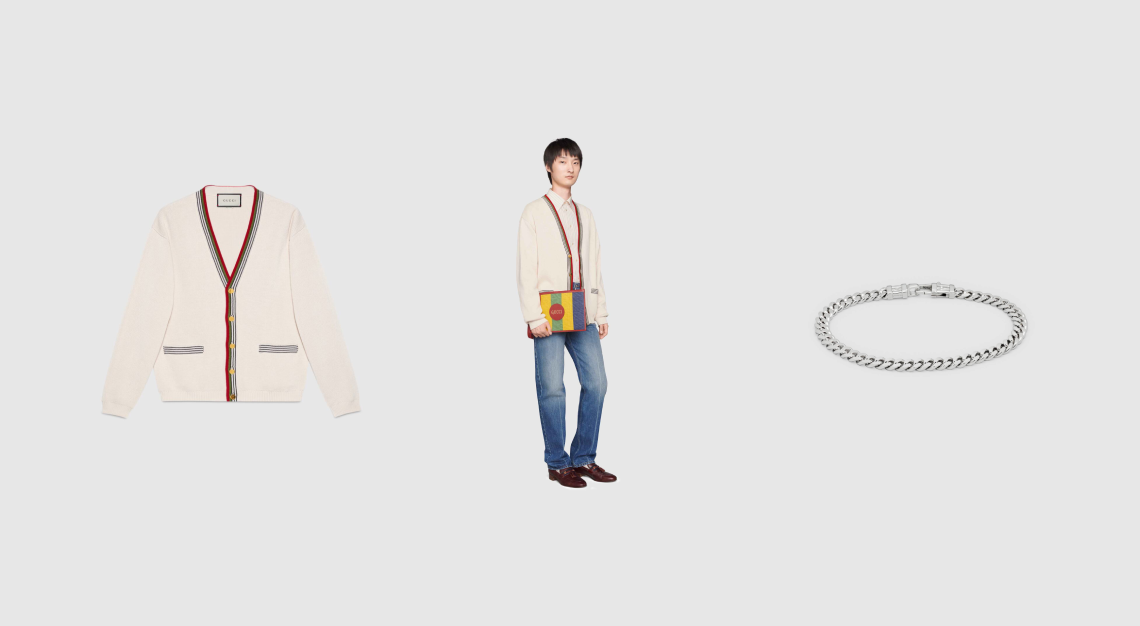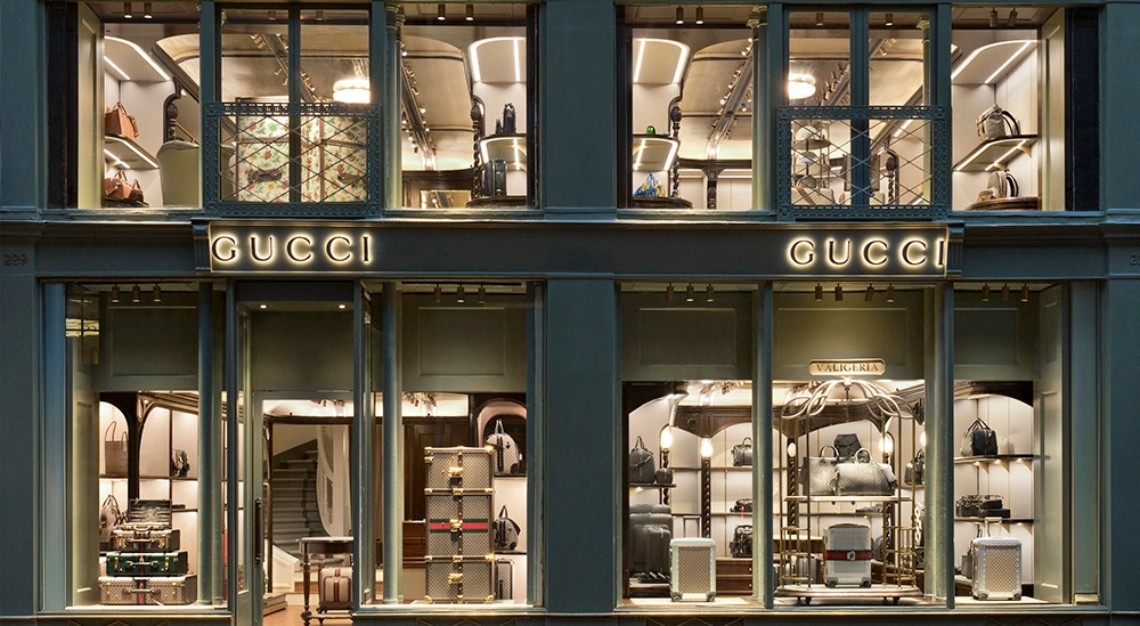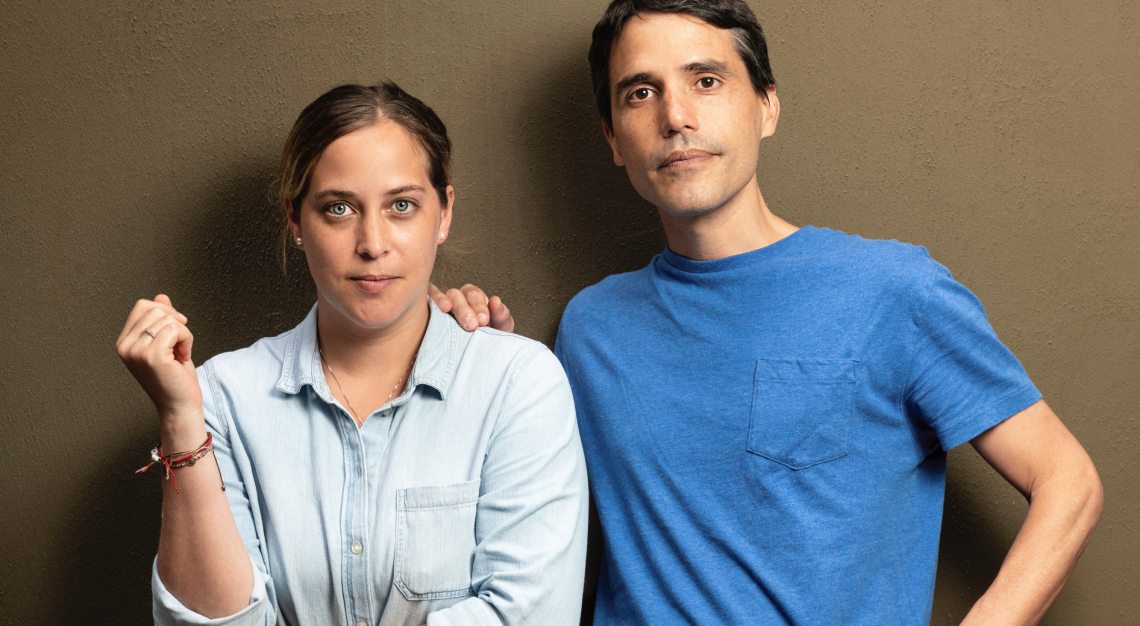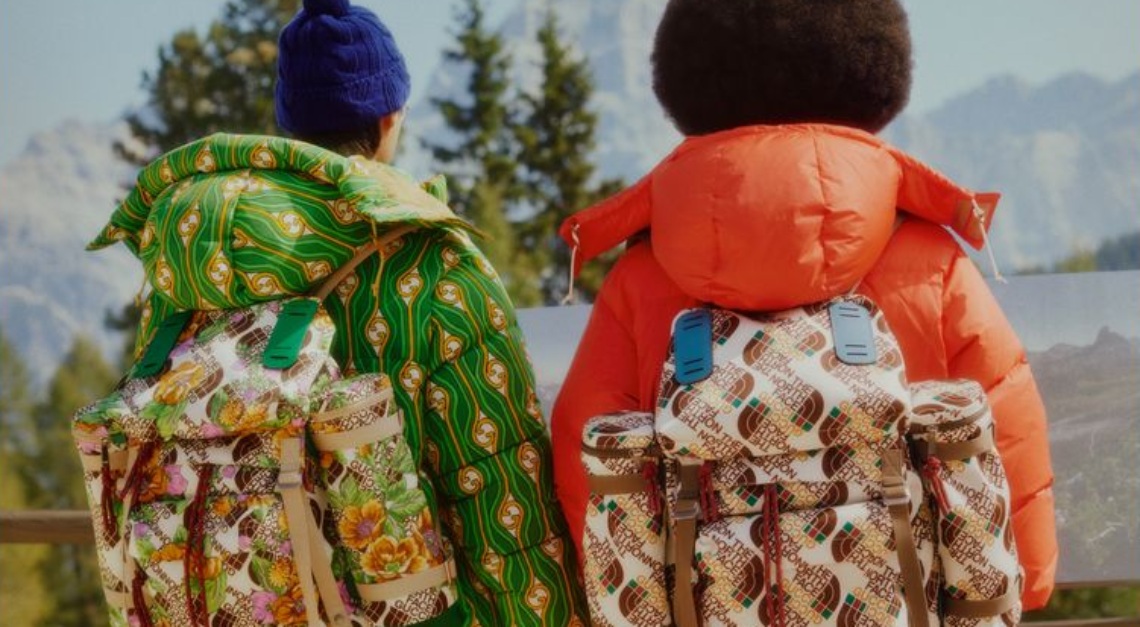Too bad it’s not real life
In May last year, Gucci sold a digital version of its Dionysus bag for US$4,115 (S$5,580). Incredibly, that was US$800 (S$1,084) more than the US$3,400 (S$4,610) price tag on the real-life, physical version of the bag.
The sale was made during the Gucci Garden virtual exhibition held on Roblox, a wildly popular video gaming platform that hosts almost 50 million players daily, most of whom are Gen Zs. Although it broke records for price, Gucci wasn’t the first luxury fashion brand to partner with Roblox. Stella McCartney got there two months earlier.
It wasn’t Gucci’s idea to sell a bag made from pixels for a four-figure sum, and no money actually changed hands. The sale was made in Robux, Roblox’s in-game currency. The catch here is that Robux can be purchased with cold, hard cash.
The original price of the digital bag was just US$6, or 475 Robux. What got it to more than US$4,000, or 350,000 Robux, was a series of opportunistic resales (and a number of gullible buyers). Roblox’s market has spoken, and it’s saying that it wants virtual designer goods.

Today, Roblox is finally able to meet that demand without limits. The platform recently announced an update for layered clothing, which allows players to put any outfit on any avatar, and have it fit perfectly. It’s the video game version of The Sisterhood of the Travelling Pants (a reference most Gen Zs probably do not get).
To understand the significance of this development, one has to first understand how extensive customisation is key to the Roblox experience. Roblox itself isn’t a game; it’s a platform where participants can make games that other users may enjoy, and play games made by others. The system is made for building virtually (pun intended) anything the imagination allows, down to the avatars.
However, one of the biggest limitations with avatars on Roblox was that users couldn’t simply purchase an outfit in-game and know that it would fit their zombie, alien, dinosaur, or unidentified blob creature. Designers had to design for a specific body type; to put the same shirt on a different character meant rebuilding the whole character from scratch. This isn’t an issue in conventional gaming platforms, where options for avatars are usually humans or humanoids of similar heights and builds.
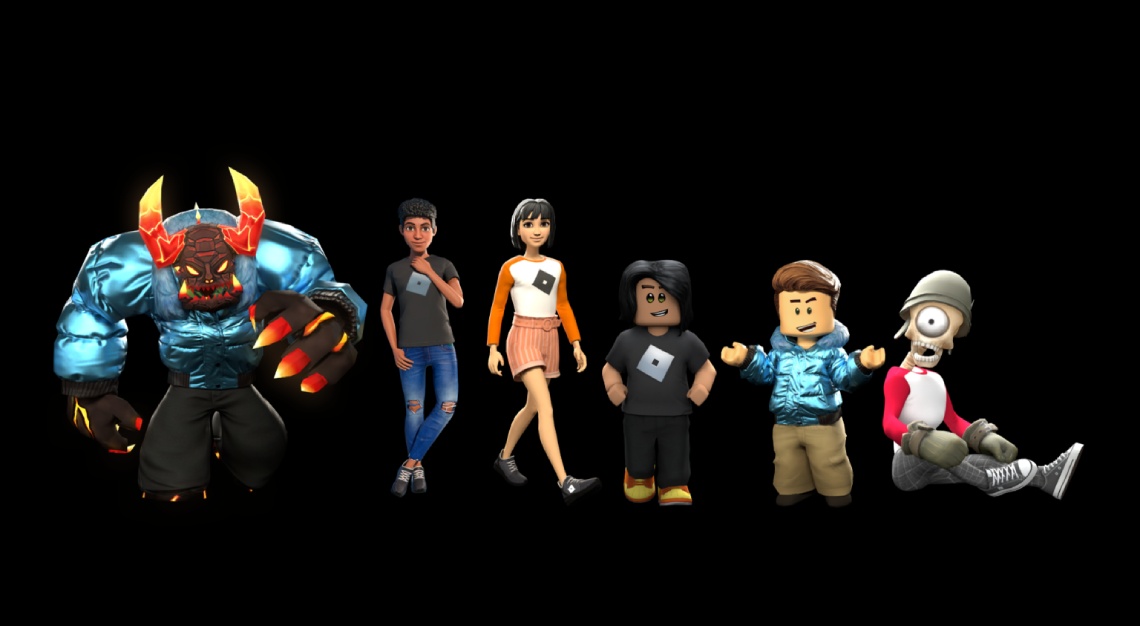
Layered clothing solves the sartorial woes of all Roblox avatars by generating a mathematical relationship between the inner boundary of a piece of clothing and the outer boundary of an avatar’s body. The clothing creator defines the former, while the avatar maker defines the latter. In this way, a shirt previously worn by a human avatar could stretch to fit a dinosaur, or shrink to fit an elf.
The possibilities that layered clothing opens up for developing NFTs isn’t lost on the Roblox team nor NFT pundits. That the digital Gucci bag sold for as much as it did only cements this. Just imagine how much higher the price could have gone if it didn’t work with only Roblox avatars, but could be transferred and used in other gaming platforms.
The Roblox team, however, isn’t entertaining those opportunities for now. Getting layered clothing to work on the platform was a feat that took two years; getting it to work across multiple platforms for an even bigger variety of avatars is, to put it bluntly, simply more trouble than it is worth. After all, a fashionable dinosaur with a Gucci bag slung over its shoulders doesn’t improve the gaming experience. It is still as likely to get shot; it just looks cooler while its blood splatters across the screen.
Better get to work earning some Robux for Gucci’s next big drop, then.

